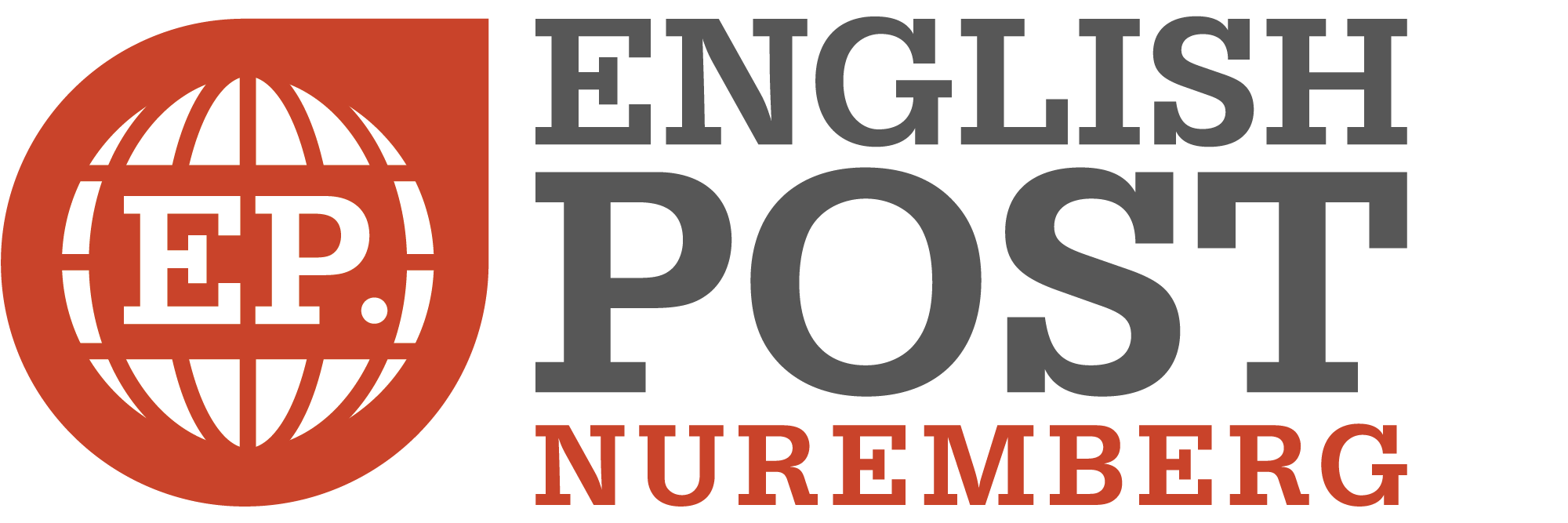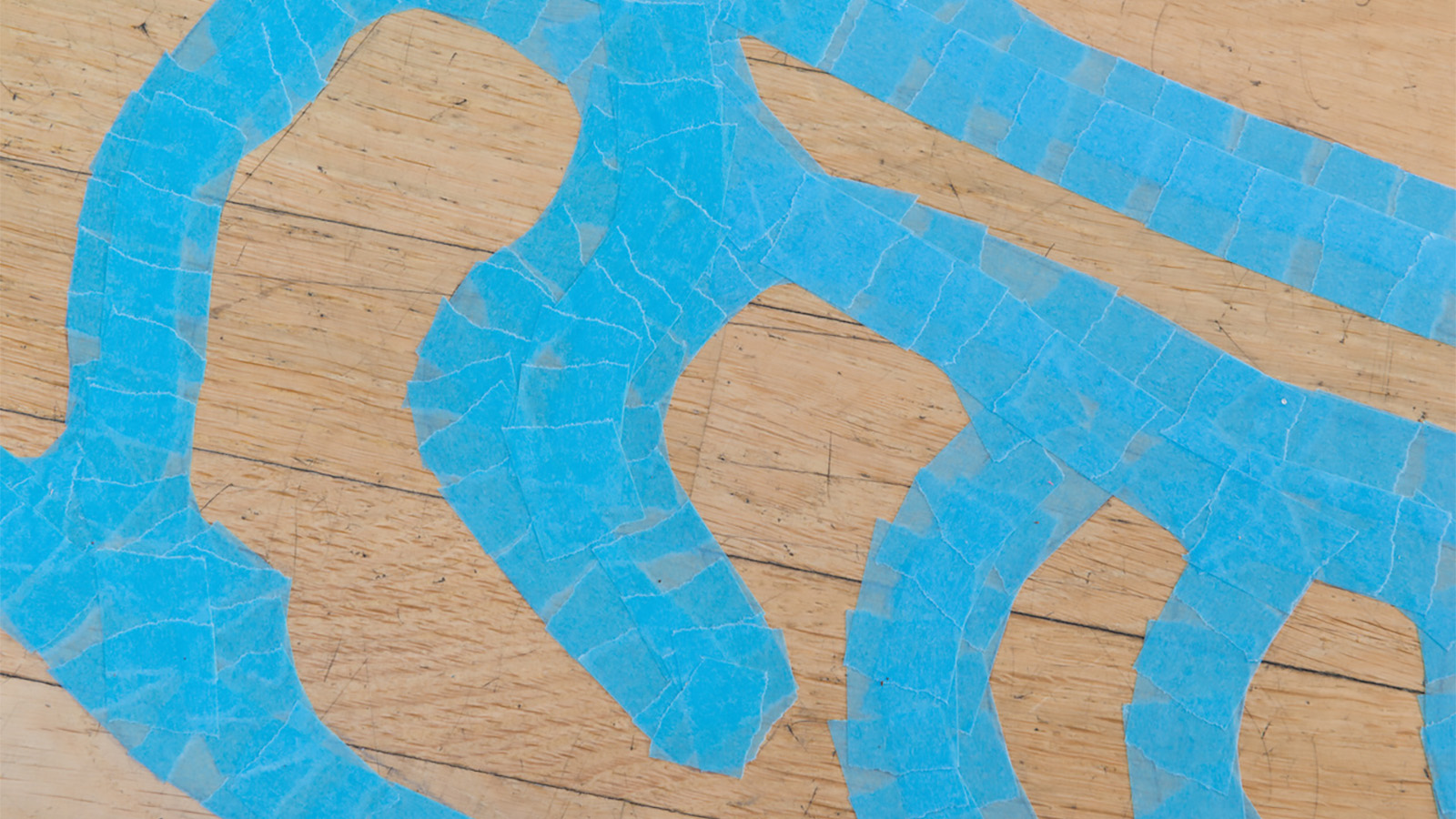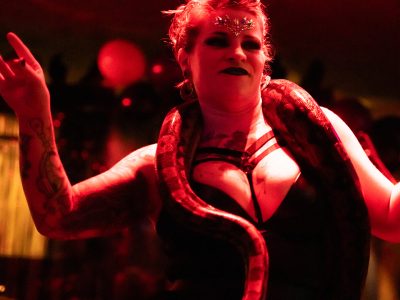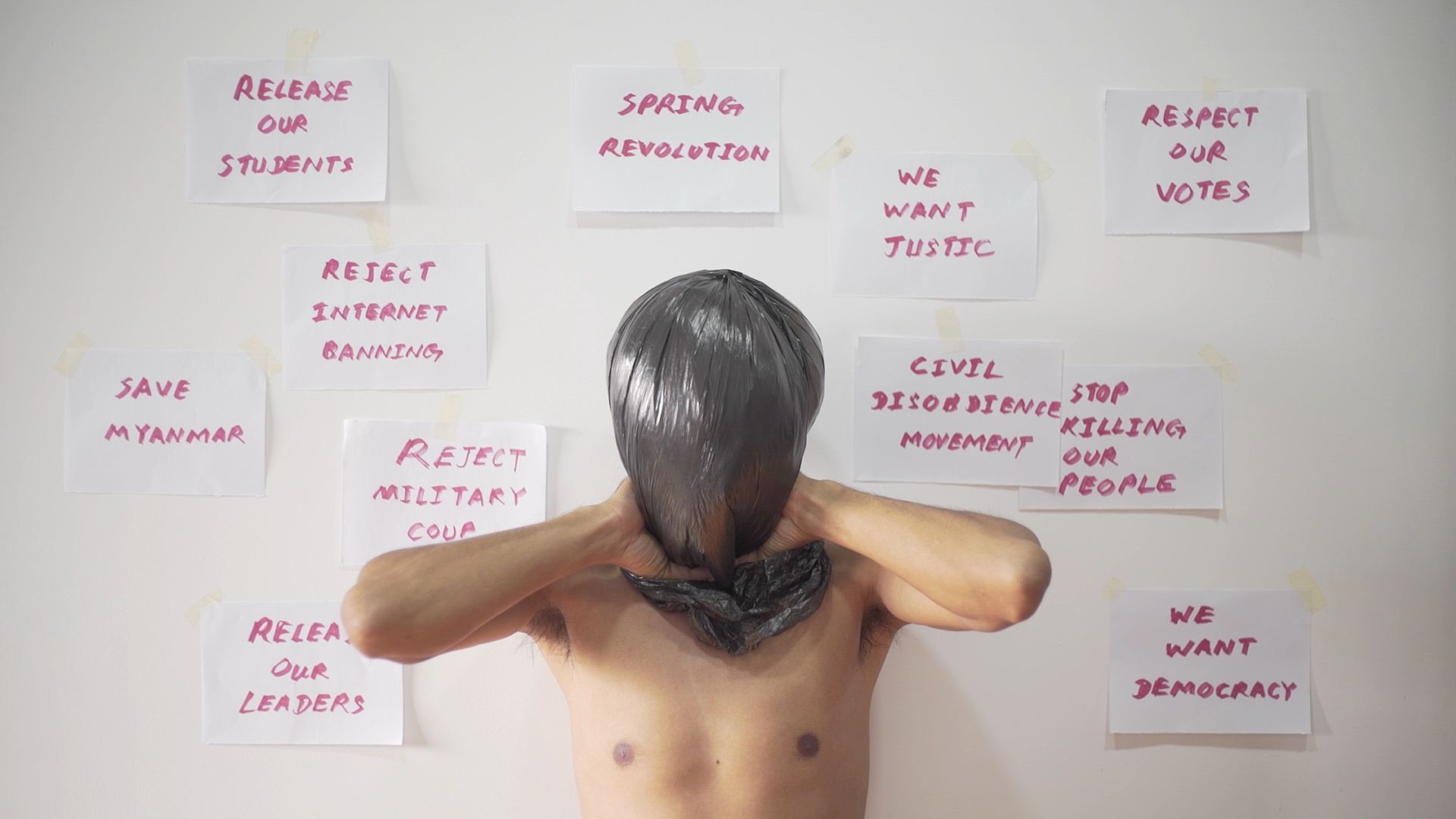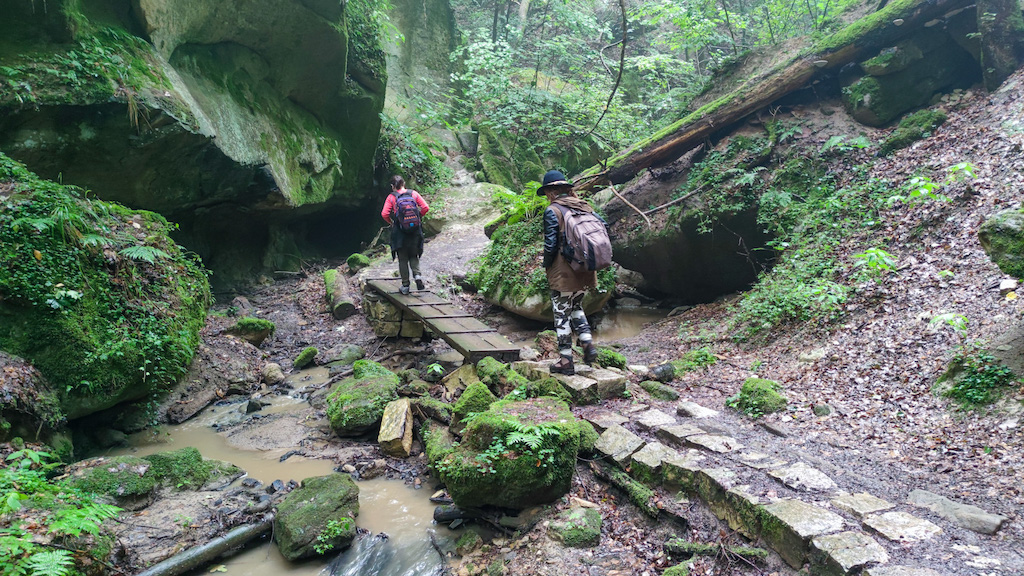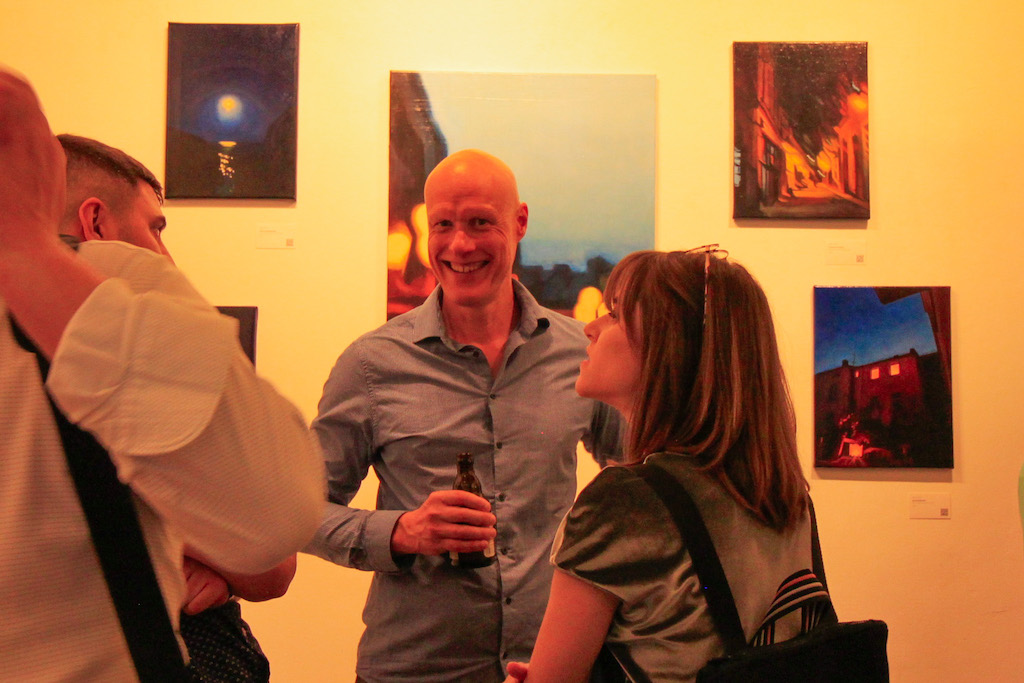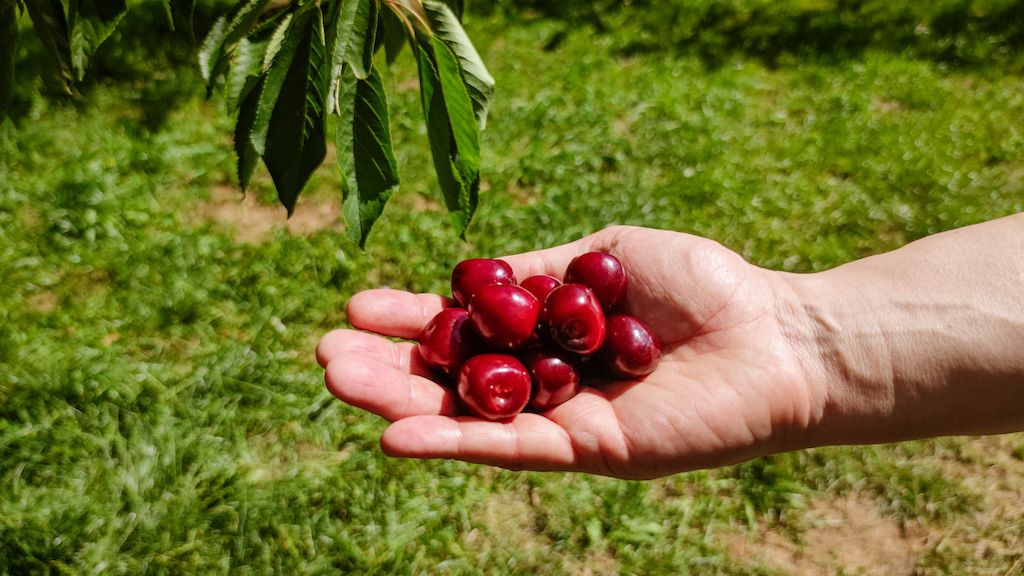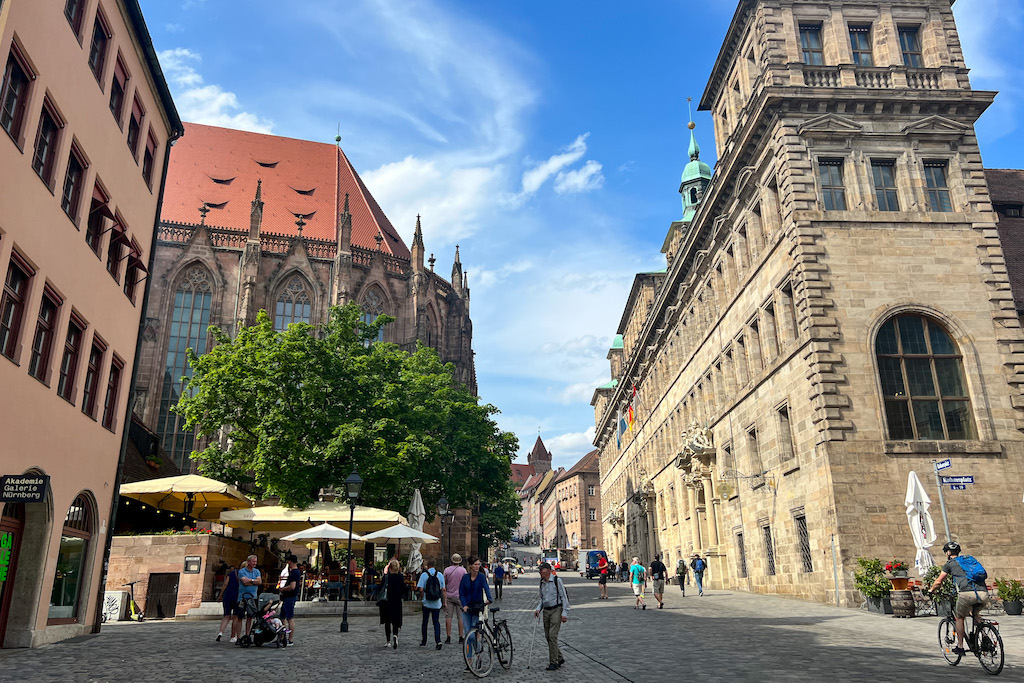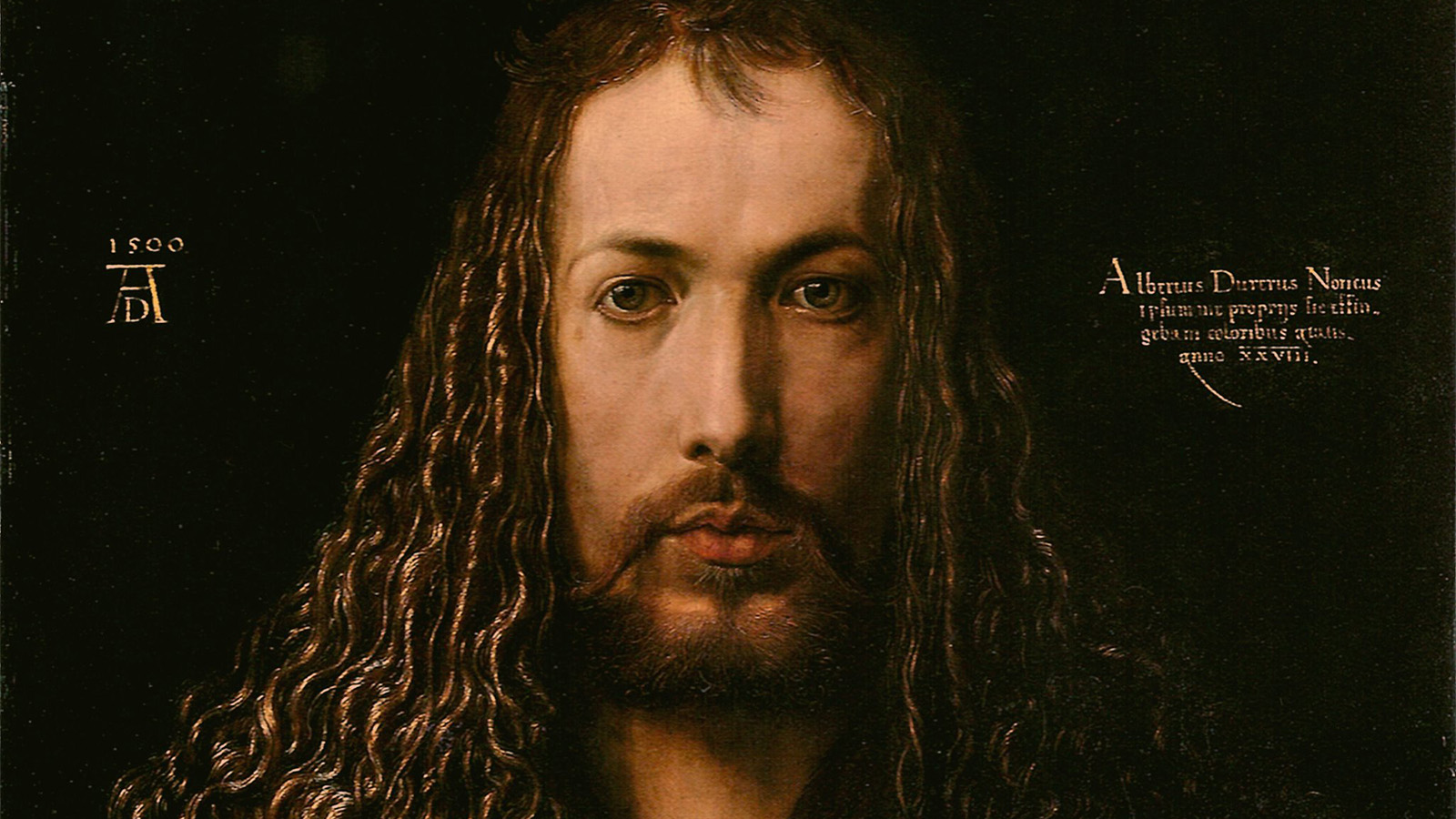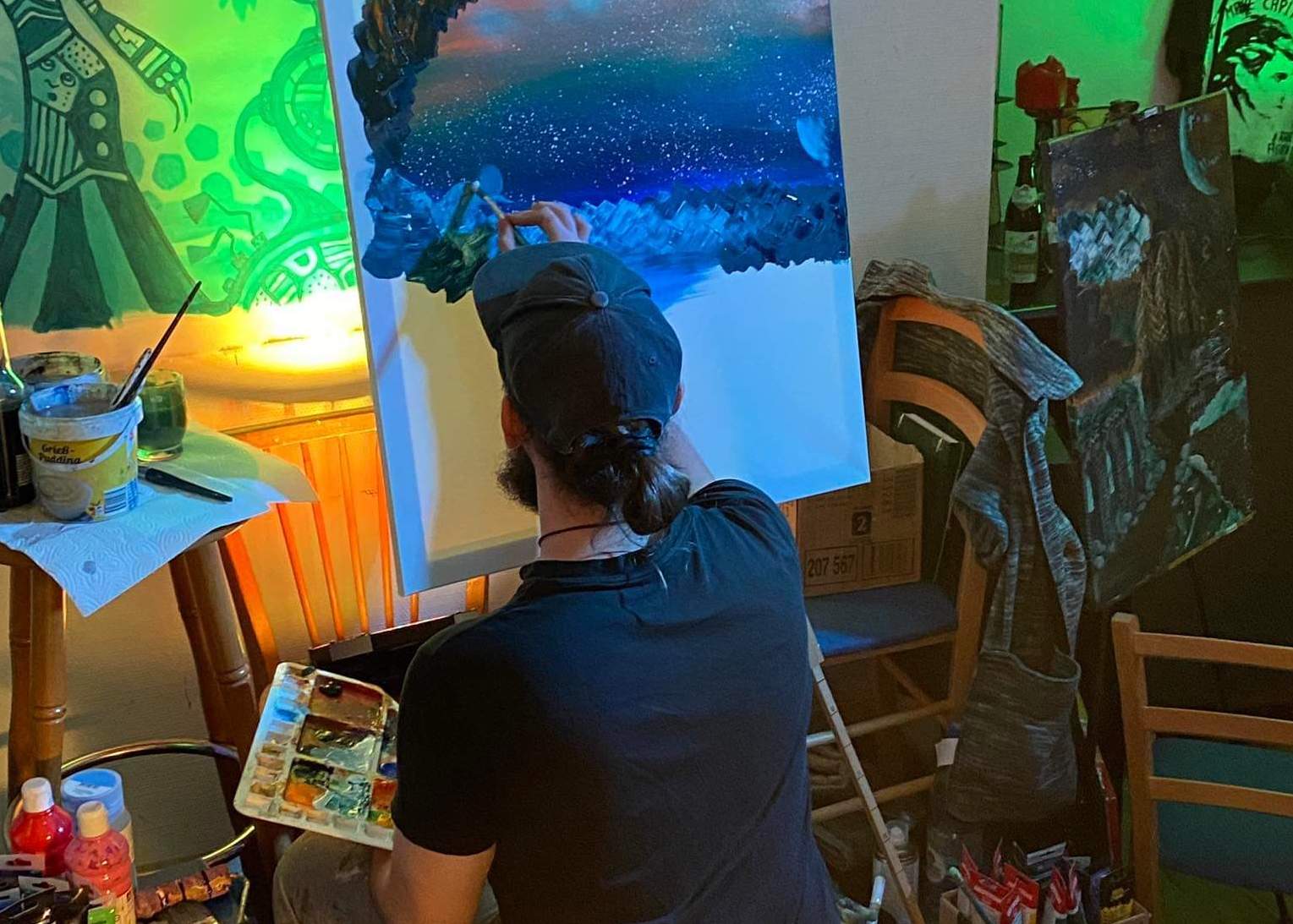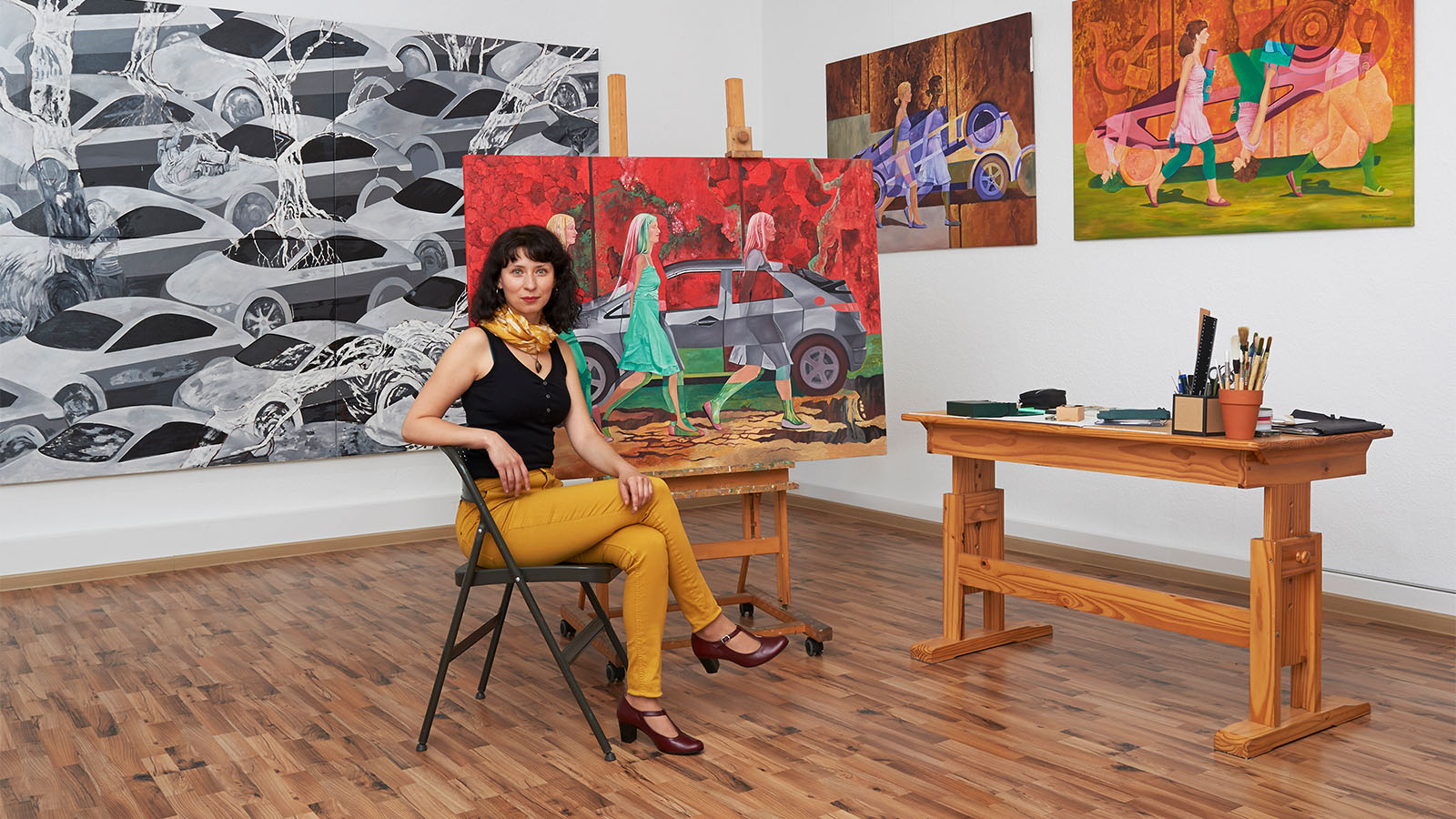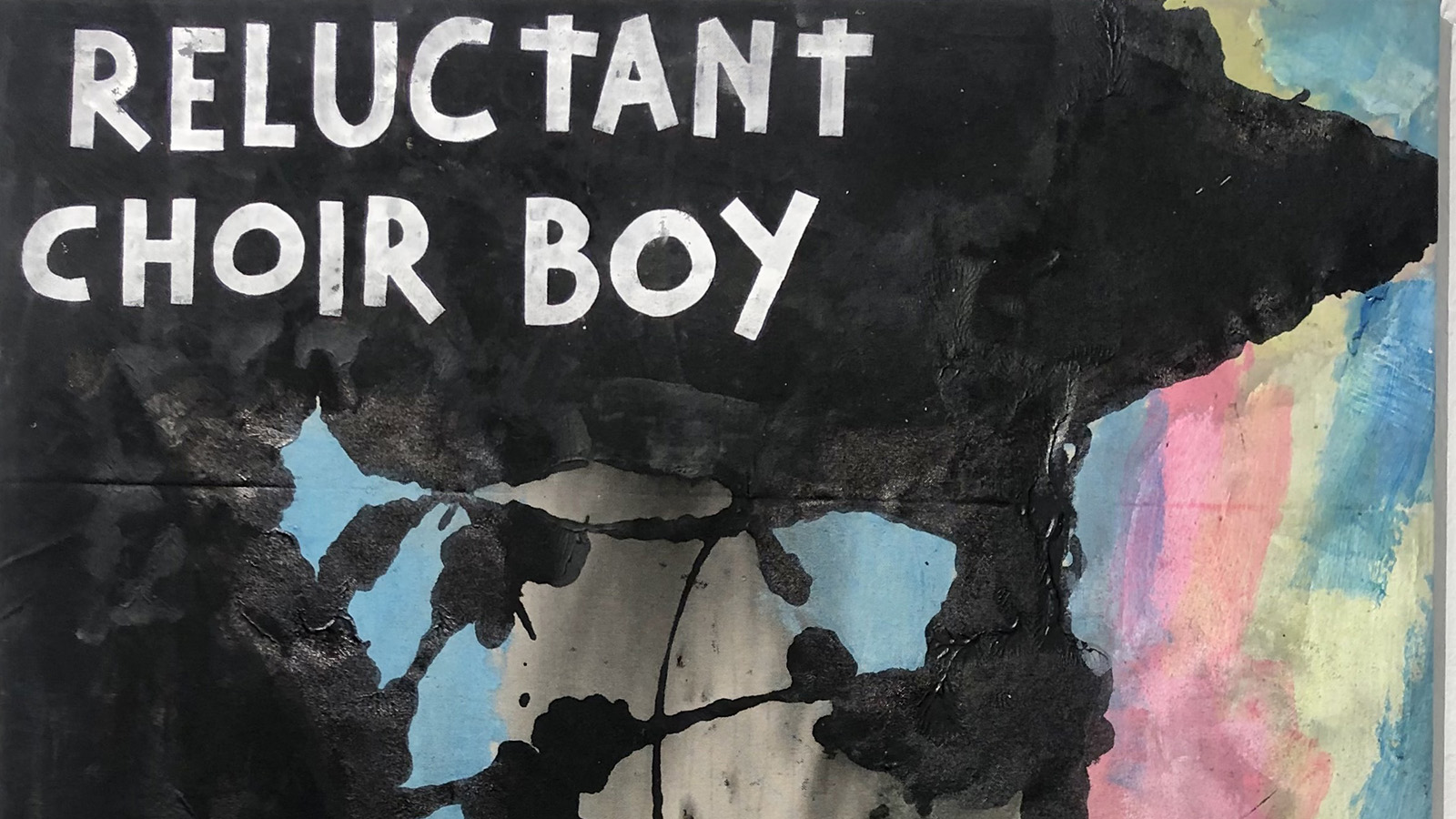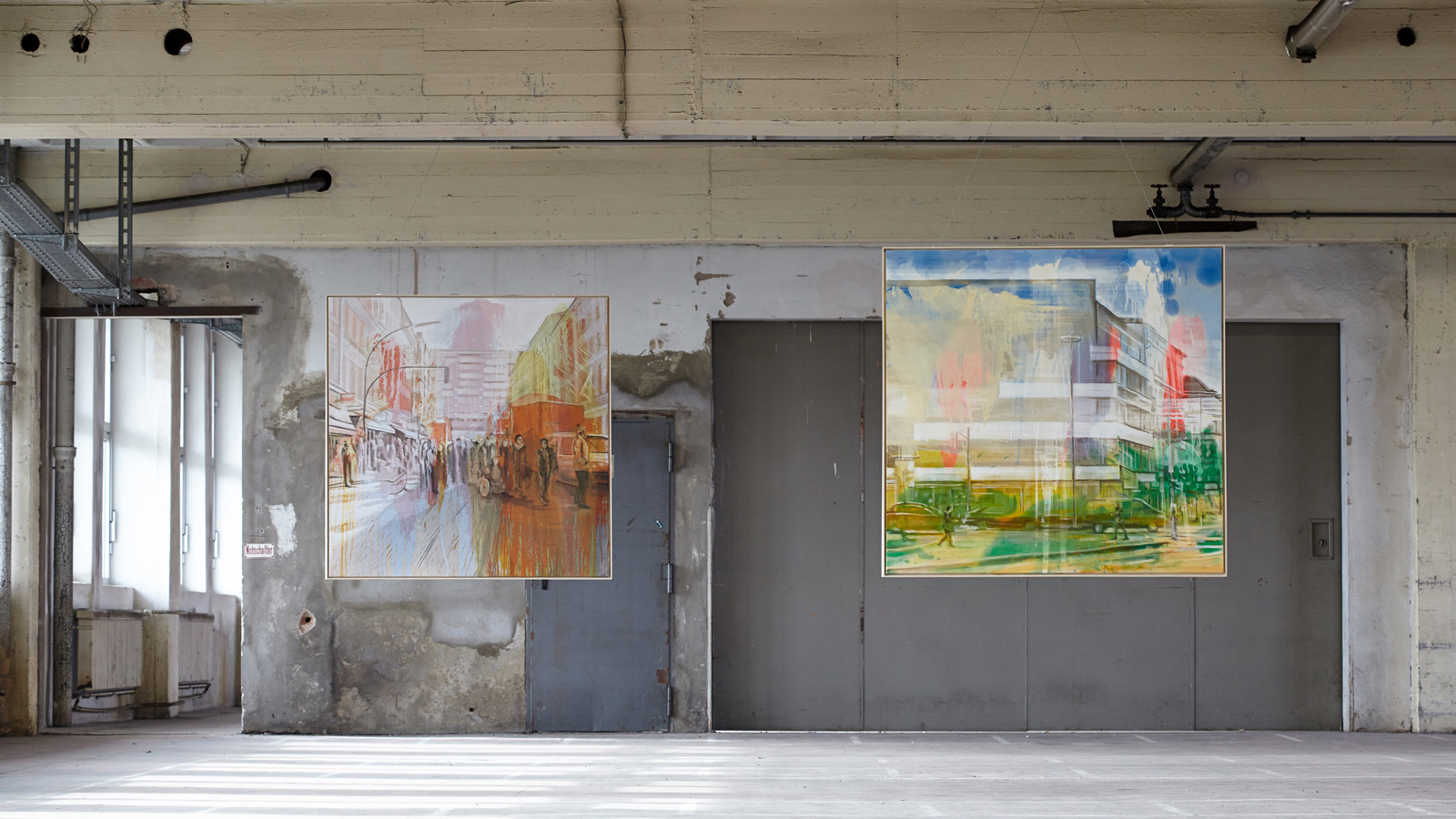Anything. Nothing. And a lot in between…
Artist of the Month September 2022 – Ursula Kreutz
Date: 28/07/2022
Place: Theaterstraße, in a favoured location in Fürth
I discovered the artist Ursula Kreutz at the “ortung x” in Schwabach in August 2017. A work she presented there, “fiat lux trinitas,” left a lasting impression on me. It was an image of a naked woman digitally printed on chiffon fabric stretched on metal hoops, which hung in the form of three lamps in a dark cellar. Since then, I have been closely following all her projects and exhibitions. That’s why I’m particularly pleased to be able to present her artistic work to a bigger audience today.
Lydia: Dear Ursula, I am glad our paths have crossed many times, both professionally and privately, and that we were able to find the time for an interview today.
Ursula Kreutz: Yes, that’s what I think too.
Lydia: And I am really looking forward to learning more about you and your work.
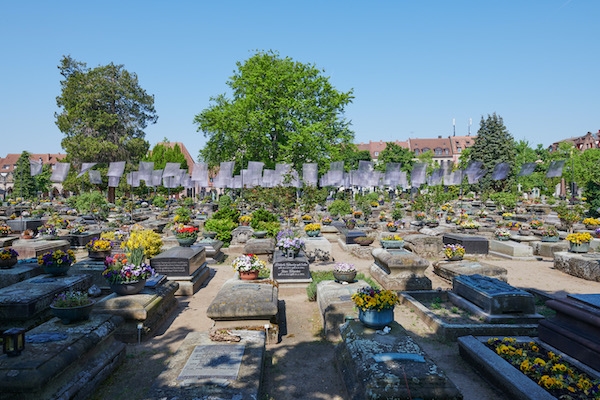
“FUALUN” part of the exhibition „unendlich still…“, Image 054, Johannisfriedhof, 2022 Photo: Annette Kradisch, © Ursula Kreutz, VG Bild-Kunst, Bonn
1) Are you a night owl or an early bird?
Ursula Kreutz: Neither a morning lark nor a night owl, but some kind of bird in between in any case.
2) Where do you get your inspiration for your art from?
Ursula Kreutz: From moments of coincidence, biographical data, and various role models.
3) Do you have any artistic role models?
Ursula Kreutz: A great many, and I am particularly pleased when I discover unknown people who inspire me with something new. Again and again, it is definitely the following: Christian Boltanski, Phyllida Barlow and Agnes Martin.
4) Do you get angry about criticism?
Ursula Kreutz: No, I have no problem with that. I believe it is important to be able to give and receive (constructive) criticism.
5) What are you proud of?
Ursula Kreutz:There are a lot of people to whom I owe a lot. The fact that these people are or have been in my life fills me with pride.
6) Where would you like to be exhibited once in your lifetime
Ursula Kreutz:The Langen Foundation by Tadeo Ando at the former NATO military station in the Hombroich cultural area near Neuss. Especially because I like the site and its versatility.
7) What is your favourite place or your part of town in Nuremberg?
Ursula Kreutz: The corner around the Johannis Friedhof. At the moment, I am on-site more often inspecting an installation of mine and have come to appreciate this graveyard in particular.
8) What is your favourite dish
Ursula Kreutz: Grilled bream with vegetables.
9) What do you always have at home in the fridge?
Ursula Kreutz: Butter.
10) Who would you definitely not want to sit at a table with?
Ursula Kreutz: Oh, I can think of a few. Actually, innumerable people come to mind. Still on the other hand, a small group of good companions makes it easier to ignore unpleasant people.

»hoya_carnosa_orbis«,5. Biennale der Zeichnung, Kunstmuseum Erlangen, 2019, Foto: Annette Kradisch, © Ursula Kreutz, VG Bild-Kunst, Bonn
11) What character traits do you appreciate or value in others?
Ursula Kreutz: Empathy.
12) How do you relax?
Ursula Kreutz: By sitting and listening.
13) Where is your next trip going to be?
Ursula Kreutz: Near Remscheid.
14) What dream do you want to fulfill?
Ursula Kreutz: Living in a quiet neighbourhood with a large live-in studio and a garden.
15) Life is too short to …
Ursula Kreutz: … to be resentful.
Lydia: Thank you for taking time to meet with me.
Ursula Kreutz: Thanks for your interest and the patience and pleasant interview.
Additional info about Ursula Kreutz
Ursula Kreutz is not an unknown quantity in the local art scene anymore. Around 2000 she moved to the metropolitan area of Nuremberg to attend the Academy of Fine Arts. “The seclusion and peace out there in the forest – that really appealed to me”. In 2021, like many other artists, she had to give up her studio at AEG, which she had painstakingly set up for herself. Now, she has a spacious residential studio in her apartment in Fürth.
Her interior style is minimalist. Large windows bring volumes of light to surfaces with bright white and delicate pastel shades. Recently, Ursula decided to paint the floor of the studio white to make the room still brighter. In her studio, she works mostly in the early morning or on weekends. During the week, she works with school children at an independent art workshop alongside her artistic activities.
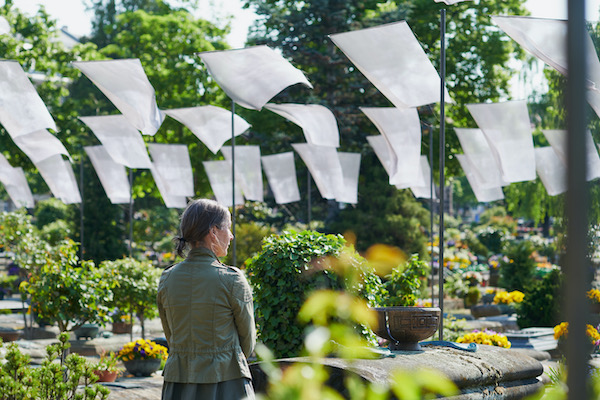
Portrait Ursula Kreutz at the St. Johannis Cemetry, 2022. Photo: Annette Kradisch, © Ursula Kreutz, VG Bild-Kunst, Bonn
Ursula Kreutz is an exceptionally multi-talented and versatile artist. The starting point of her work is, on the one hand, an intensive, interdisciplinary, and experimental exploration of the photographic medium. On the other hand, the overarching theme of memory and the associated questioning of perception pervades her work. She often makes herself the object of inquiry by being visually and sometimes physically present in her works, a form of “self-investigation”.
She is best known for her photographic picture boxes, textile art and installations on themes of personal and collective memory. An indispensable tool for the textile artist is her sewing machine, although with Kreutz, this description falls far too short. The natural medium of the native Rhinelander is photography. Her pictorial works are often applied to photo-printed transparent fabrics that create a slight moiré effect, a calculated blur. They are presented in picture boxes or in spaces designed by her.
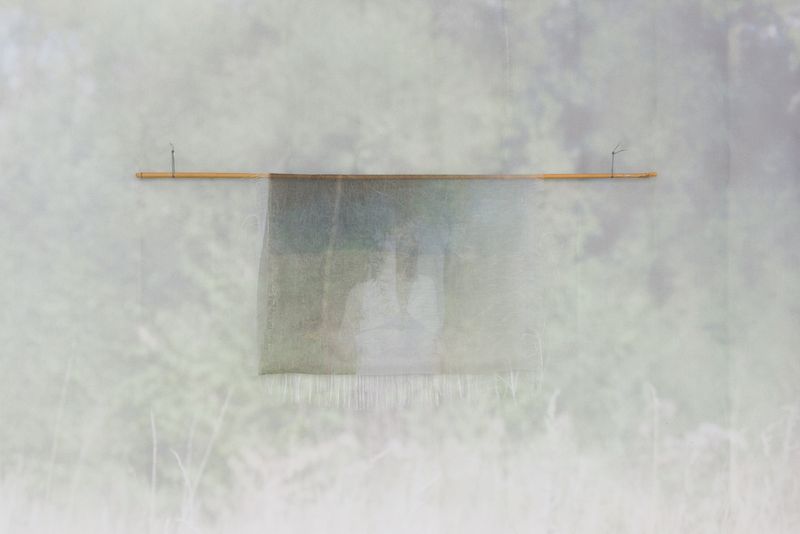
»IO«, Ausschnitt, Digital print on Chiffon Photo: Annette Kradisch, © Ursula Kreutz, VG Bild-Kunst, Bonn
The transparency and layering of motifs create crossfades which transform into multiple-layered projection surfaces, constantly evoking new impressions as the perspective of the viewer changes. The blurring of memories is one of the main themes of her artwork. In her photographic pieces, she captures subjective impressions and deals with emotional, private, as well as historical and social events. By questioning visual perception, she directs the viewer’s gaze to the discovery of dissonance in a seemingly secure reality that is revealed to be nothing more than an illusion.
In the last 14 years, Ursula has also dealt increasingly with installation and performance art. Works such as “exil”, “post exil” or “CMX” and their variations or further developments have one thing in common: the artist is not only part of the work, but she even engages in an examination of herself and her personal development or biography through her artworks. For example, when she camped outside in the woods in a self-sewn camouflage suit modelled on a Niqab and a canvas tent to be one with nature. A work for which, incidentally, she has received a lot of criticism, disapproval and incomprehension.
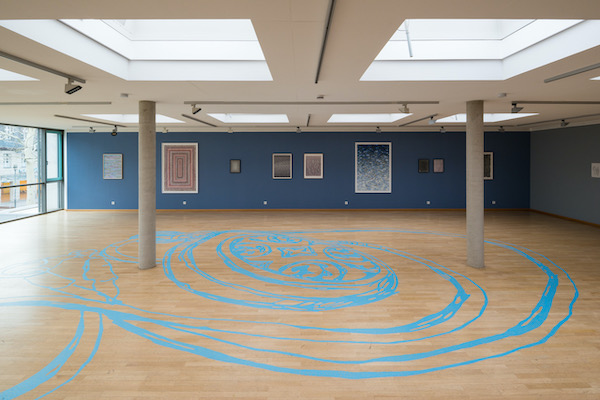
»amulett«, 5. Biennale der Zeichnung, Kunstmuseum Erlangen, blue tape on floor, 2019 Photo: Annette Kradisch, © Ursula Kreutz, VG Bild-Kunst, Bonn
Another artistic style Kreutz added to her oeuvre is tape art, designing huge eye-catching pieces on different surfaces. She creates exterior as well as interior installations, employing various materials and textures. These eye-catching and colourful tape-art images in diverse geometric forms vary in size up to three-dimensional abstract sculptures. For example, the large “floor drawing” made of blue paper tape in the large hall of the Kunstmuseum Erlangen, which Ursula Kreutz created as part of the “5. Biennale der Zeichnung” (5th Biennale of Drawing) in 2019. The idea was maybe to encourage visitors to take a closer look at the floor they are walking on. The theme of transience was also important in the actual creation process. The glueing piece by piece, the process of making, and coming to the edge of one’s own limits or testing one’s own limits.
Ursula Kreutz was born 1969 in Bergisch Gladbach. Kreutz is one of many in a long line of artists in her family. Her mother, Ingrid Gisela Kreutz (née Räderscheidt) was an art teacher. Her great grandfather Anton Räderscheidt, a famous German painter of the “Neuen Sachlichkeit (New Objectivity)”, was a friend of Max Ernst and August Sander, among others. Her great-grandmother Marta Hegemann was part of the Kölner Avantgarde in the 1920s. One of her aunts, Barbara Räderscheidt, is also a contemporary artist. A great cousin runs Daniel Spoerri’s museum and is also president of the Spoerri Foundation. So the artistic bent definitely runs in the family.
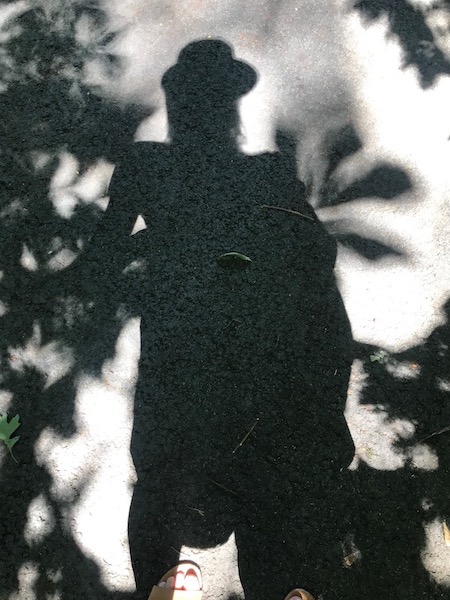
Self-portrait, photo Black and White, IMG_2642, August 2022, © Ursula Kreutz, VG Bild-Kunst, Bonn
From 1995 to 1996, Ursula Kreutz studied at the Academy of Fine Arts in Munich with Professor Ben Willikens. From 1996 to 1997, she spent time in Israel, Italy, and Switzerland. She then continued her studies at the Academy of Fine Arts Nuremberg with Professor Hanns Herpich, Ottmar Hörl and Georg Winter. She graduated in 2003 with distinction and as a master’s student in Professor Georg Winter’s class “Art and Public Space”.
From 2007 to the beginning of 2015, she was a member of the Nuremberg artists’ group “Der Kreis“, and since 2014 she has been a member of the renowned artist association “Deutscher Künstlerbund e.V”. In December 2016, Ursula Kreutz received the cultural sponsorship prize awarded by the city of Fürth. For a short period, she was even a spokeswoman for the citizens’ Initiative “Eine bessere Mitte für Fürth” (A better centre for Fürth), which was critical of the “Neue Mitte” inner-city building project. Since 2000 she has been living and working as a freelance artist in Fürth. Her work can currently be seen at Nuremberg St. Johannis Cemetery. The art installation “FUALUN”, which is part of the exhibition „unendlich still…” is open to the public until Tuesday 15th October. On this last day of the exhibition there will also be the chance to acquire a flag for €100 between 10:00 am and 12:00 pm on site.
Exhibitions:
»ortung X« , Schwabach 08/2017, »amulett« and »hoya carnosa orbis« at the 5.Biennale der Zeichnung together with Birgit Bellmann and Andreas Oehlert at the Kunstmuseum Erlangen, 15/01 – 17/02/2019 »naos« SCHAUfenster Atelier Andrea Sohler , Fürth 15/06/2020 – 15/07/2020, »Dekade 3«, Brückenstr. – Großweidenmühlstr. (DESI) / Nuremberg, 17/07 – 27/07/2020, »ade imago« Atelier auf AEG, 01/08/2018-30/06/2021, »FUALUN« part of the exhibition „unendlich still…“ (“infinitely silent”), St Johannisfriedhof in Nuremberg 01/05/2022 – 30/09/ 2022.
More about Ursula Kreutz:
Website: http://www.ursula-kreutz.de/
E-Mail: post@ursula-kreutz.de
Instagram: ursula_kreutz
